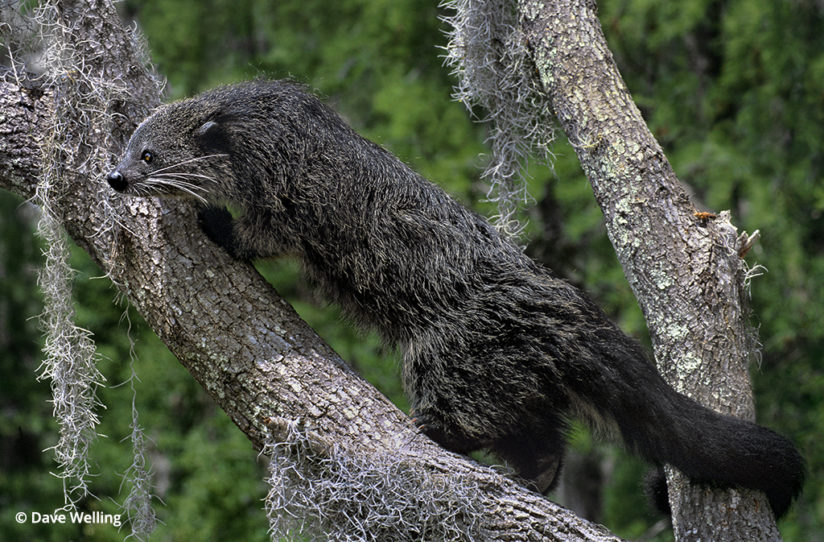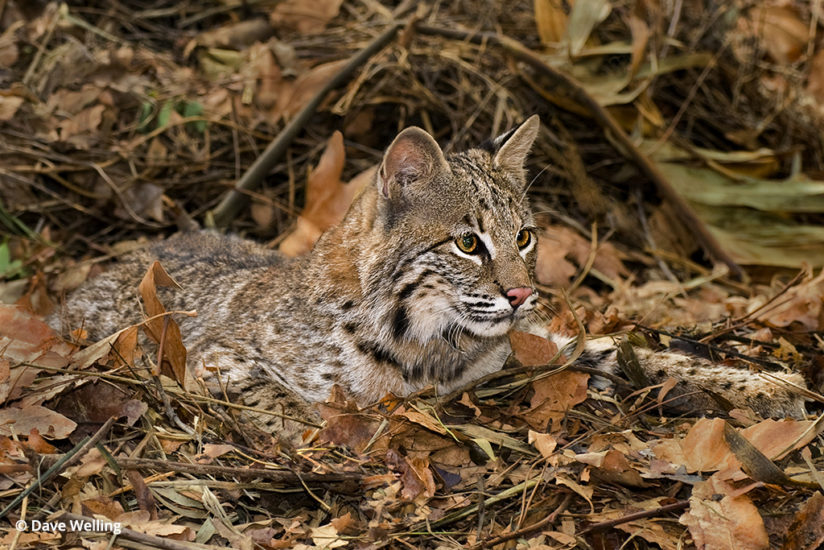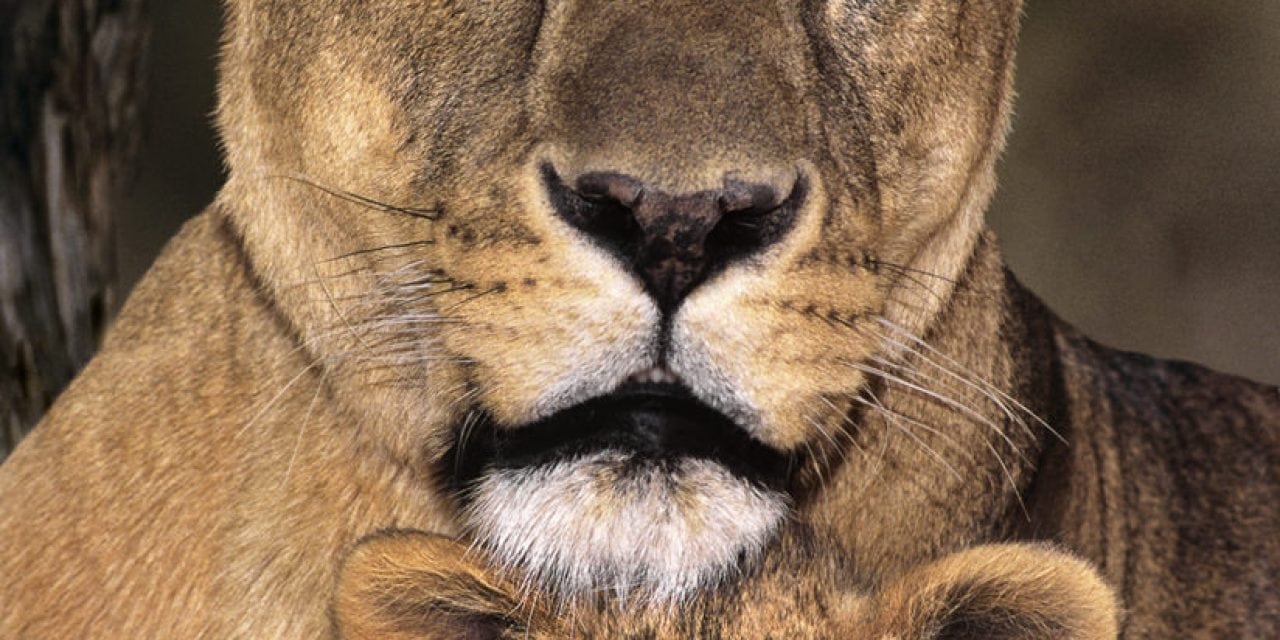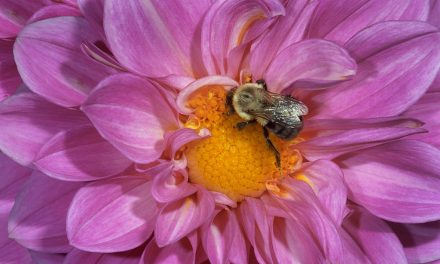
After watching an African lioness tend to her young cub for almost an hour, I saw him suddenly jump between her front paws and she settled her chin on his head. My patience rewarded, I captured a great, intimate moment between a mother and her youngster. Wildlife photography can be challenging, capturing just the right moment can take hours (or days), and it can be expensive, with trips to many wildlife hot spots quite costly.
There is an alternative that can be both a rewarding photo experience and a great way to help the wildlife you care about. There are hundreds of wildlife rescue facilities throughout the United States that care for wildlife. Almost all of these facilities operate as charitable organizations and survive solely on contributions from the public. You can find rescue facilities in your local area with a Google search. Contact the organization, and offer your services as a wildlife photographer. If they will allow you to photograph the animals, offer to provide them with your copyrighted images for use in education and fundraising. You get some stunning images of animals you might never see in the wild, like a binturong, which is found in Vietnam, or unique behavior, like a lioness interacting with her young cub, and the organization gets the use of some of your images. All parties come out winners.

I have been a volunteer at the Wildlife Waystation, a wildlife rescue/rehabilitation facility, since 1987. My first visit was actually for a photo shoot with some of its animals. I got hooked and began volunteering. Over the years, my photographs have been used as auction prints, public education presentations and brochures, and I have produced a book on the facility for its use in fundraising. I also license many of the images created there in books, magazines and calendars, with a percentage of each sale going to the facility as a donation.
The Wildlife Waystation is a very big operation. At one time, it housed over 1,200 wild animals. Sadly, while many native species come to the Waystation as babies fallen from a nest or found abandoned (and are rehabilitated back to the wild whenever possible), too many animals arrive after being confiscated from abuse situations. When I am photographing at the facility, I have to remember these are wild animals. I am often photographing through caging or fencing or in enclosures. Because I am concentrating on my photography, I have a trained person with me who “watches my back” to make sure nothing “happens.” If you pursue this type of photography, I cannot emphasize enough the importance of this. You can get so wrapped up in your photography that you can lose sight of what is going on around you. Bring someone with you who can watch your back, too. You will also discover how unbelievably fast wild animals can be.

If you do get an opportunity like this, work with the organization as long as you can. You may be able to document the development of an animal over time, creating a great reference body of work for a potential book, or for articles or public education on the species. When two young tiger cubs arrived at the facility, I was able to photograph them when they arrived and for the next several years. Photographs like these proved very beneficial to the organization and helped me understand the species’ behavioral traits.
In the case of the young cubs, I was photographing through the enclosure fencing and wanted to isolate the cubs from any distracting elements, so I cropped close with my medium telephoto zoom lens. In photographing them as adults, I was also photographing through the enclosure fencing but wanted to show them in the environment, so I zoomed out to include more of their habitat. Because you will often be photographing through some form of fencing, I recommend a rubberized shade that attaches to the front element of your lens. The rubber will give a little so you can get right up to the fencing. The lens shade will also help reduce the sunlight glare off the fencing. Also, use your camera’s depth-of-field preview button to make sure you do not have fencing elements along the outer edges of your frame.

By working with the organization over time, you can learn a lot about the wildlife at the facility. This behavioral information can be helpful when you want to document some unique behavior or trait of a given animal. For example, male lions in the wild are pretty aggressive to the females during mating. Lions in the wild also live in complex groups called prides. Wildlife facilities will, to the best of their ability, attempt to replicate an animal’s conditions in the wild.
As I mentioned earlier, wild animals can be extremely fast, and they are often unpredictable. Make sure you are prepared for that special moment. You will move around a lot, so hand-holding the camera is a must—use your camera or lens image stabilization settings to help.

With rescue facilities, you may be limited by the caging, and they may not always have the most photogenic backgrounds. Study the surroundings of your wildlife subject and consider photographing when the sun is in a favorable spot or when it’s slightly overcast. However, the animal is also somewhat restricted by the size of the enclosure, so you might be able to pre-focus, or limit your focus range, to get the animal in focus quickly. You can also take some test shots to see how the background looks and try different depth-of-field settings to see if that helps.
Whatever your settings and focus situation, make sure the animal’s eyes are in focus unless you are creating blur pans. Also, use your continuous, high-speed shooting setting. You cannot capture action or the special moment with one lucky shot—go for the sequence whenever possible.

Wildlife rescue facilities are great places to capture stunning portrait images. When in an enclosure, animals will often rest for long periods. Get to know your subject. He or she may use the same log or perch quite often. Be prepared. You might be amazed at the images you can capture.
While you may have a tendency to focus on the big, impact species like lions and tigers, the smaller or lesser-known species are often the ones who need our help advocating for their plight. Lemurs are found only on the island of Madagascar, an island suffering significant habitat loss for a variety of reasons. Photographs of these magnificent animals can help educate the public to their situation. Ruffed and ringtail lemurs arrived at the Waystation one day, and I was able to photograph them. It took a significant amount of time to get the right poses, because they are extremely active and very curious. They would actually reach through the enclosure fencing to change my camera settings. Again, a spotter helped ensure the lemurs and I were both kept safe.

Most rescue facilities are located away from populated areas. The animals at these facilities need to be fed, and food is often present in an animal’s enclosure during feeding. This is the time when you might look to photograph opportunistic local wildlife that comes in to steal a little food. A California ground squirrel was a steady visitor and, during late spring and summer, southern Pacific rattlesnakes would prowl the facility looking for wild mice. These types of images add to your overall species coverage, and this photography is usually a lot of fun. There are numerous opportunities at these facilities to tell stories with your photographs.
One important note about photographing at these facilities (and when photographing animals in the wild): You often have less than optimal lighting conditions, and the use of fill flash would greatly enhance your image. Be careful. Take a couple of test shots and, if your subject reacts negatively to the flash, do not use it! It’s not worth scaring the animal just to get a photograph.

My most lasting memory of my time at the rescue facility was when I was introduced to a six-week-old ball of fur, a gray wolf named Navarre. He was given to the Waystation by an individual who purchased him as a pet in another state and then moved to our state, where ownership of wolves is illegal (there are special permits for research, breeding and zoo display). I spent almost 15 years with Navarre as an honorary “pack member” and knew him well. He was a magnificent animal and I lost a true “friend” when he left us.
Check out facilities near you. You may one day have stories (and friends) like these to tell.
See more of Dave Welling’s work at strikingnatureimagesbydavewelling.com, and learn about the Wildlife Waystation at wildlifewaystation.org.
The post Photographing Wildlife Rescues appeared first on Outdoor Photographer.
















